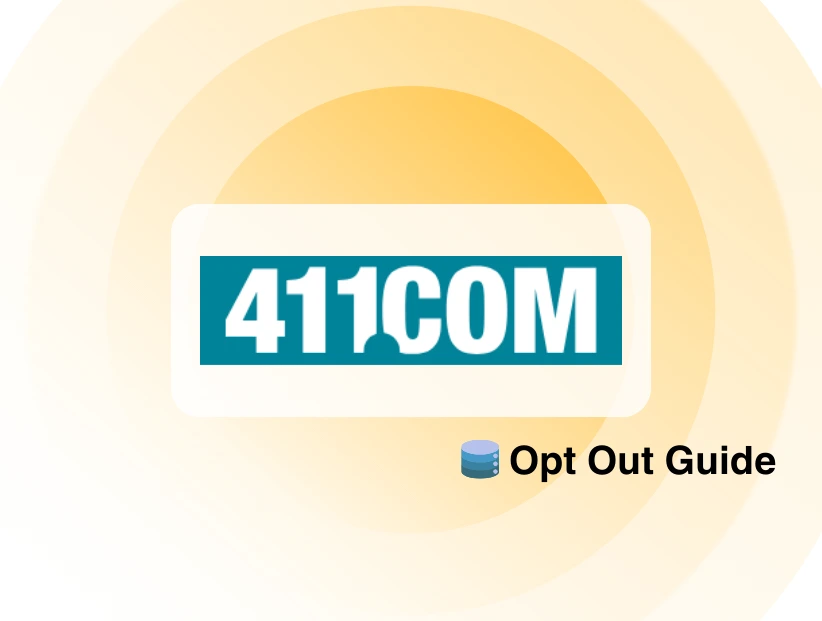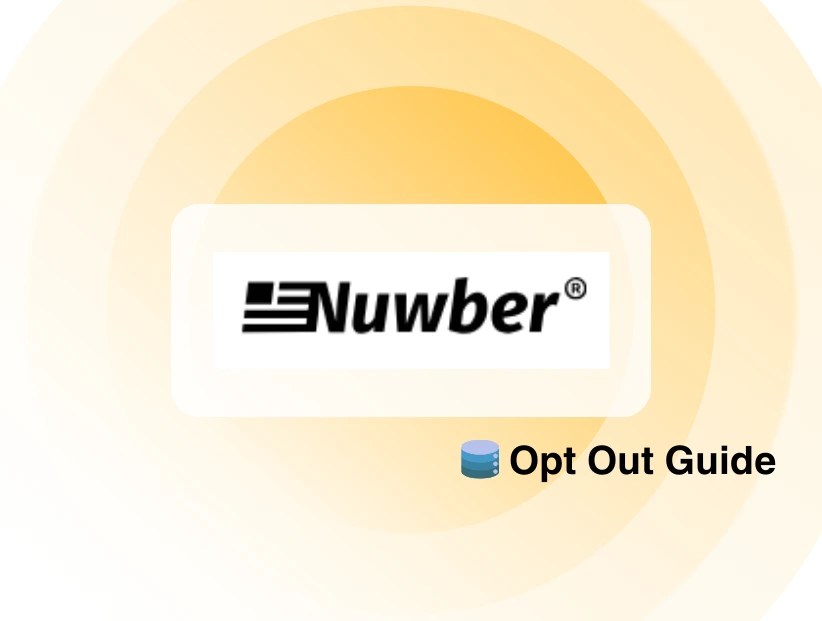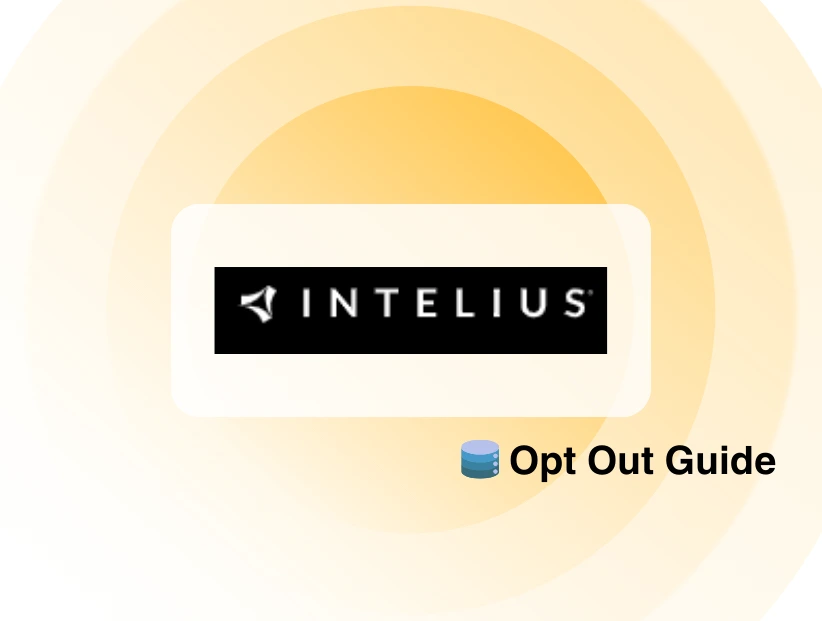Your passwords might not be as secure as you think!
Did you know? LastPass, one of the most widely used password managers, suffered a major data breach that exposed encrypted password vaults and sensitive user information.
This breach has put millions at risk, as hackers now have access to crucial data that could be used in future cyberattacks. We will analyze the breach, its implications, and what you can do to secure your accounts.
What Happened in the LastPass Data Breach?
LastPass first detected unusual activity in August 2022, but it wasn't until December 2022 that they revealed the true extent of the breach.
An investigation found that a hacker got into LastPass’ cloud storage and stole copies of customer password vaults, which contained sensitive user data.
By late December, it was confirmed that vault data was at risk, putting millions of users in danger of credential leaks.
Exposed Details
Although vaults are encrypted, the breach exposed unencrypted metadata such as:
- Email addresses
- Phone numbers
- Billing information
- IP addresses used to log in
- Password vaults (encrypted, but vulnerable to brute-force attacks)
Discover if Your Most Critical Identifiers Have Been Exposed on the Dark Web
Receive timely alerts and actionable insights with PurePrivacy's Dark Web Monitoring.
What Are the Risks of Exposed Data?
If your information was compromised in this breach, you could face:
Credential Stuffing Attacks
Hackers might use your leaked email and passwords to try logging into other accounts where you've reused credentials.
Phishing and Social Engineering
Cybercriminals could use your exposed details to send convincing phishing emails, tricking you into revealing more sensitive information.
Brute-Force Attacks on Vaults
Even though vaults are encrypted, weak master passwords could be guessed, potentially exposing all your stored credentials.
What Should I Do If My Data is Compromised?
If you used LastPass, take immediate action:
Change Your Password
- Use a strong, unique master password.
- Ensure it’s not reused across other accounts.
Update All Stored Passwords
- Change passwords for all sensitive accounts stored in LastPass.
- Enable two-factor authentication (2FA) wherever possible.
Watch for Phishing Attempts
- Be cautious of emails asking for personal information.
- Verify sender details before clicking on any links.
Consider a Different Password Manager
- If you no longer trust LastPass, migrate to a more secure password manager.
How to Minimize Damage in Case of a Data Breach
To stay ahead of future attacks:
- Use unique, complex passwords for each account.
- Enable 2FA on all critical accounts.
- Regularly review and update account security settings.
Enable PureVPN’s Dark Web Monitoring
Use PureVPN and activate dark web monitoring to track your data from leaks and receive real-time alert notifications if someone posts your data on the dark web after a data breach. Here’s how you can use Dark Web Monitoring and take action before it’s too late:
- Install PureVPN on your device or update your existing VPN app.
- Visit the Members Area to get access.
- Go to Dark Web Monitoring from the main menu.
4.Select Add Assets to Monitor.
5. Add your email address, SSN, credit card number, passport number, and phone number.
6. Mention the code sent to your registered number and you’re done.
7. Take the recommended steps if your data is part of a breach.
8. You can mark the breaches as resolved.
Frequently Asked Questions (FAQs)
-
How do I know if my LastPass data was affected?

LastPass emailed affected users, but you can also check for unusual account activity or use a dark web monitoring tool to see if your data was leaked.
-
Are my passwords still safe after the breach?

Passwords were encrypted, but weak master passwords could be cracked. Change your master password and update important account passwords to stay safe.
Wrapping Up!
Password managers like LastPass are supposed to enhance security, but even they are not immune to breaches. The LastPass breach serves as a reminder to take proactive steps to secure your data. Stay alert, update your credentials, and always use strong authentication measures!




